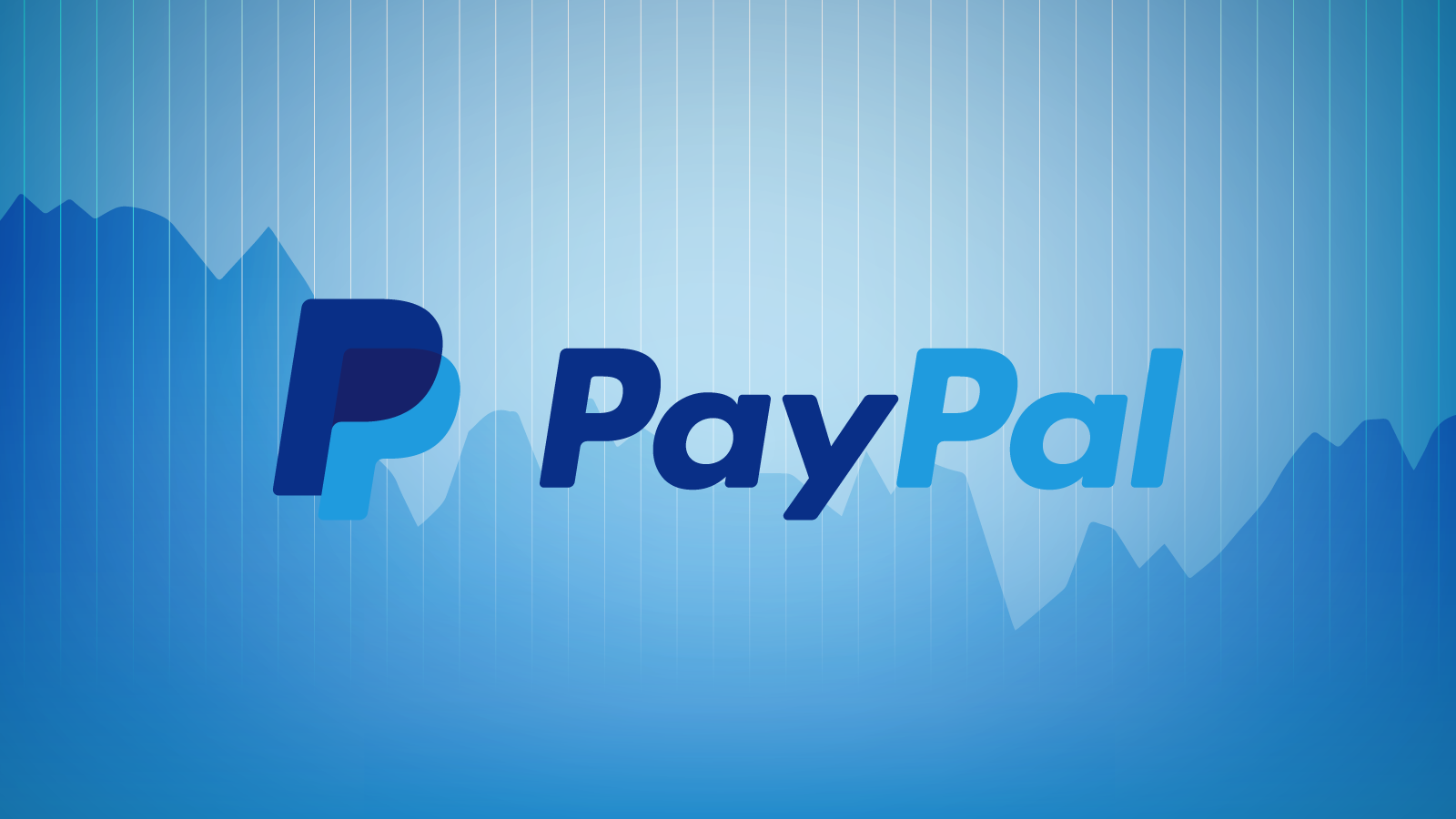Cryptocurrency News
PayPal Wins Patent for a technique which can detect the type of Crypto Malware

Online payments giant PayPal was given a patent for a method that may detect a kind of crypto malware and mitigate its consequences.
First registered in September 2016 and awarded Tuesday from the U.S. Patent and Trademark Office (USPTO), the patent summarizes how benefiting from present system data caches will help discover ransomware and block it from irretrievably locking up sufferers’ documents.
Ransomware can encrypt the contents of a hard disk or other networked documents and make it inaccessible to users, the patent states, therefore “a system user who lacks decryption keys will no longer be able to readily access his or her data.”
PayPal, consequently, is seeking to avoid this type of scenario using a method involving discovering a first backup of original content that’s been loaded to a cache of a computer program, keeping from the cache another copy of the file and comparing both to find out whether the changed content reflects an encrypted form of the original content. It subsequently prevents the initial content from being deleted when the modified content was encrypted.
The patent describes:
“By detecting that ransomware is operating on a computer (e.g. by correlating between the original data and content in different cache layers), the negative effects of the ransomware may be mitigated or avoided.”
One way consumers, like consumers and tiny companies, can avoid information loss is by simply backing up information, the record says. However, even if a backup system is set up, data may nevertheless be dropped, as documents which were encrypted by ransomware might be automatically backed up overwriting the originals.
Detecting ransomware surgeries from an early period, so, could cut the harm inflicted on victims, PayPal explained.
Also Read: US District Attorney Charged Three Individuals for Laundering $2.3M in Bitcoin
This past year, the business also registered a patent application for a way to raise the rate of cryptocurrency payments. The intent of the idea would be to narrow down the amount of time that it requires for payments to undergo between merchant and consumer.


